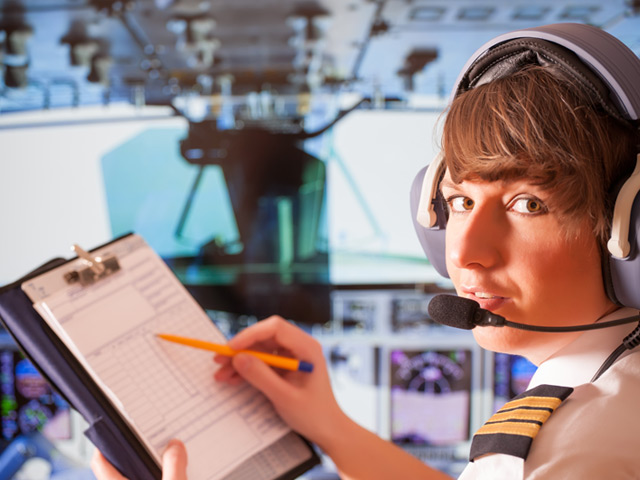
The Other Pilot
July 7th / By Herv Hodgson / in Blog
“Gear-up, flaps-up, shut-up.” Many pilots can quote this little ditty, and indeed many have lived its message. For more than half of aviation’s history a single pilot was the lord and master of the realm. Even after the FAA required more than one pilot in certain aircraft many in the right seat were more like a passenger, told by the captain to do limited and specific actions, and to silently stand by for further directions that were never to be questioned.
It took a decade of operating jets and investigating their accidents to come to an understanding that the aircraft were not failing as they had done in the piston era – it was the failure of the crew. This realization began a paradigm shift, changing the fundamental cockpit culture to allow for both pilots observation and input on decision-making.
The titles for pilots changed as well: the Pilot is now a Pilot-in-Command (PIC), the other pilot the Second-in-Command (SIC), regardless of seat position. While at the controls actually flying the aircraft that pilot is called the Pilot-Flying (PF), if not at the controls the Pilot-not-Flying (PNF), again regardless of seat position. The non-flying pilot moniker has further evolved to the Pilot-Monitoring (PM). These days PF and PM is about all you need to describe a general aviation’s crew relationship, with one of the crew designated the trip PIC.
As the skills of the monitoring pilot become more defied the responsibilities have increased and the former right seat pilot of yore is now a full contributor to the safe operation of the aircraft, and at times the decider. Example: when the PF is flying an instrument approach, and the PM calls for a Go-Around, the PF is expected to execute the procedure, even if the PF is the PIC. Our captain-my-captain of yore is now considered NON-standard.
Although the airlines still have a rigid four-stripe/three-stripe seat assignment they have banished the one-man band captain that was the industries first fifty years. In corporate aviation IS-BAO best practices, promulgated by the International Business Aviation Council (IBAC) clearly states that both pilot are responsible for the safe operation of the aircraft at all times and are expected to work as a team to that goal. This type of professionalism is important and that phrase could be re-stated: “Gear-up, flaps-up heads-up”.

